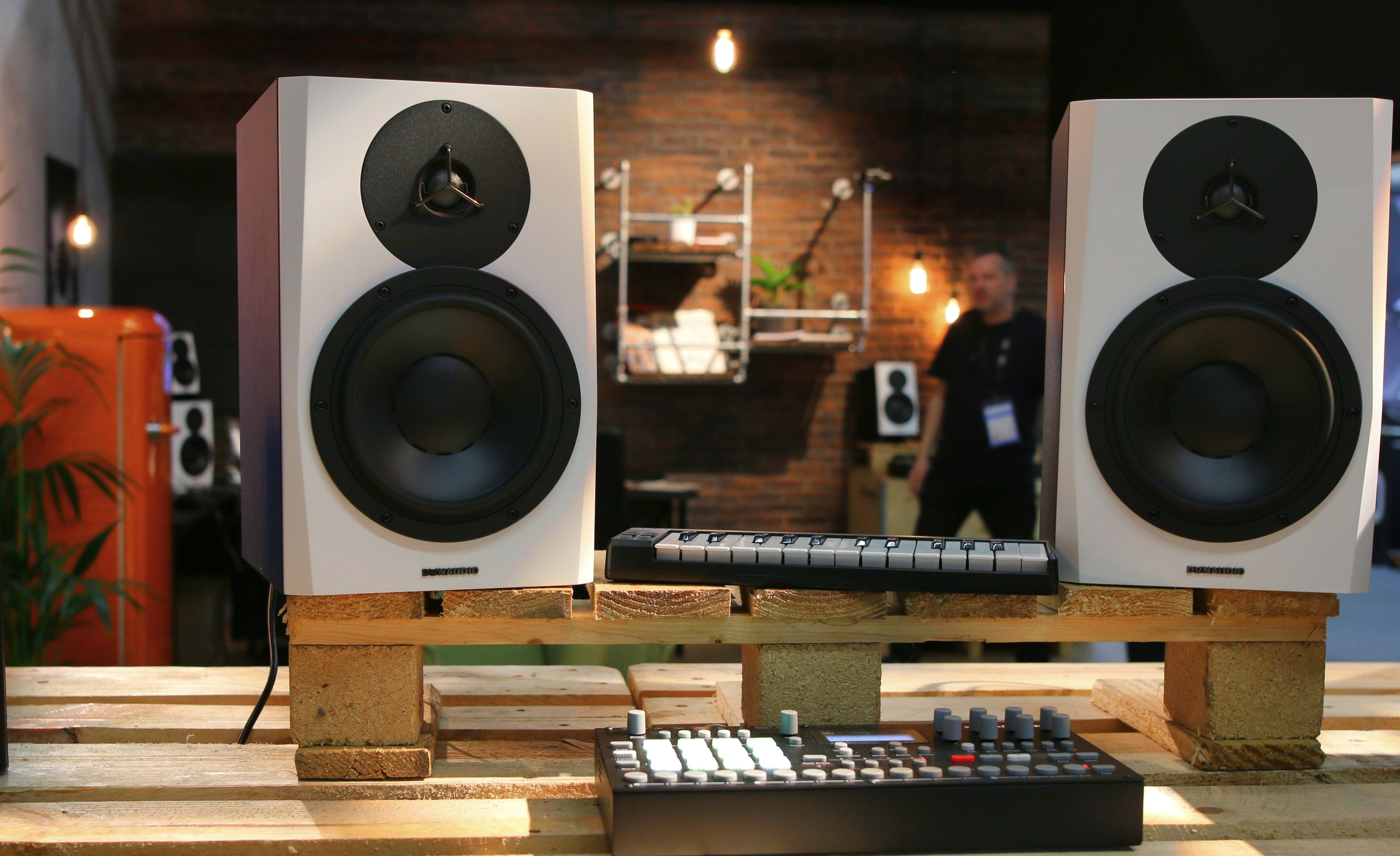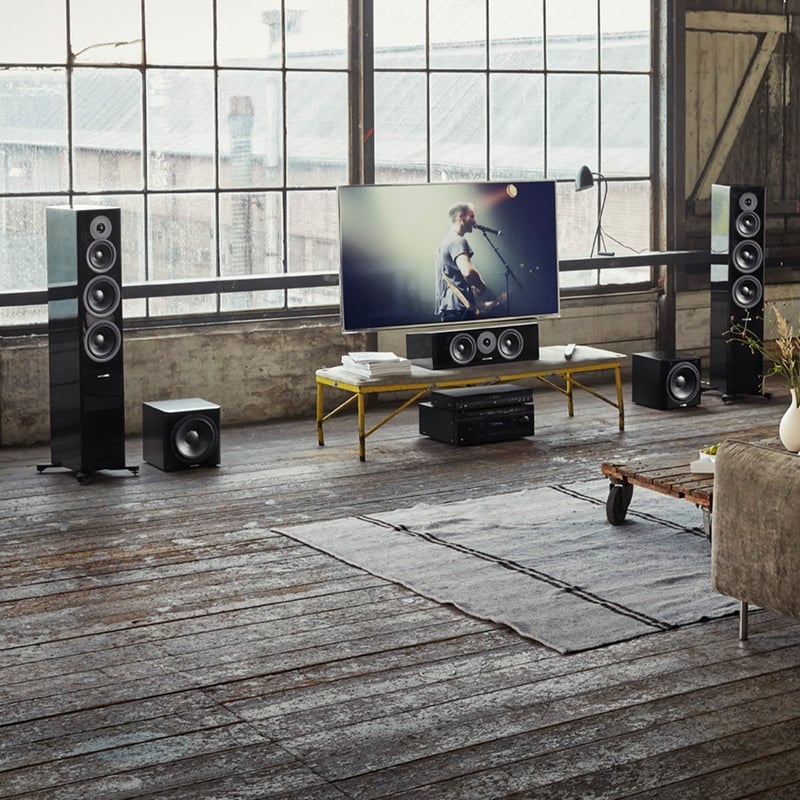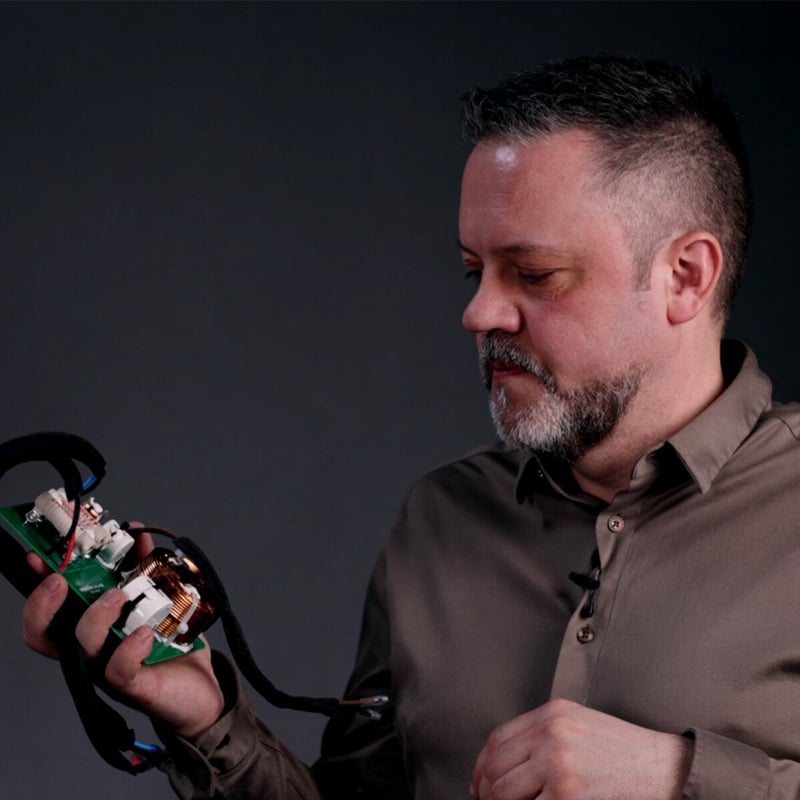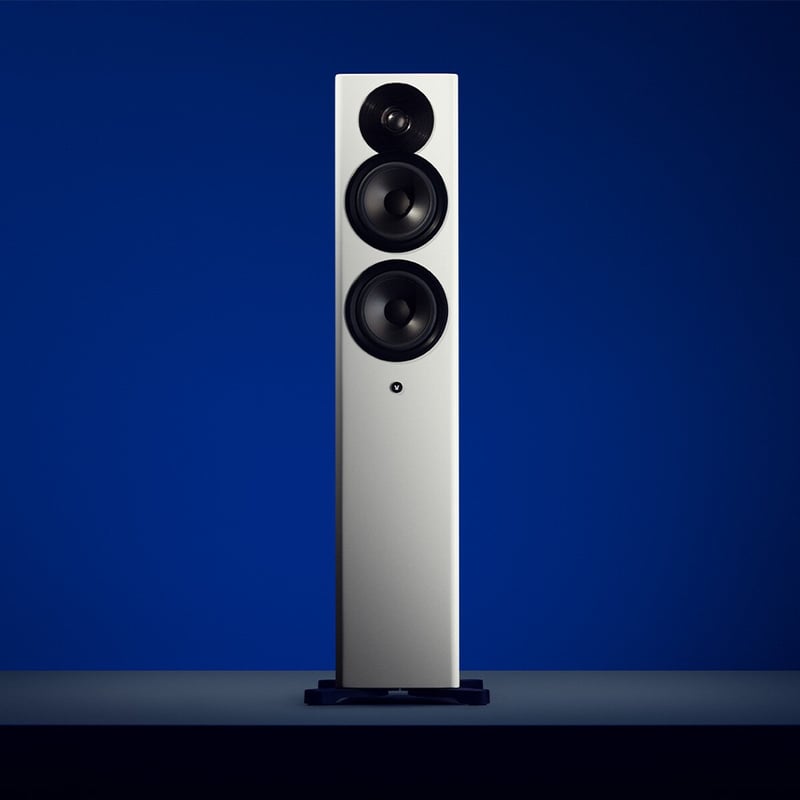When we started our LYD project, we wanted to create the best nearfield monitor for artists working in smaller setups such as editing rooms and home studios. To do so, we had to look at our past – looking at everything that made our previous monitors great. After that, we went back to the drawing board to find out what we could achieve with the available platforms and technologies.
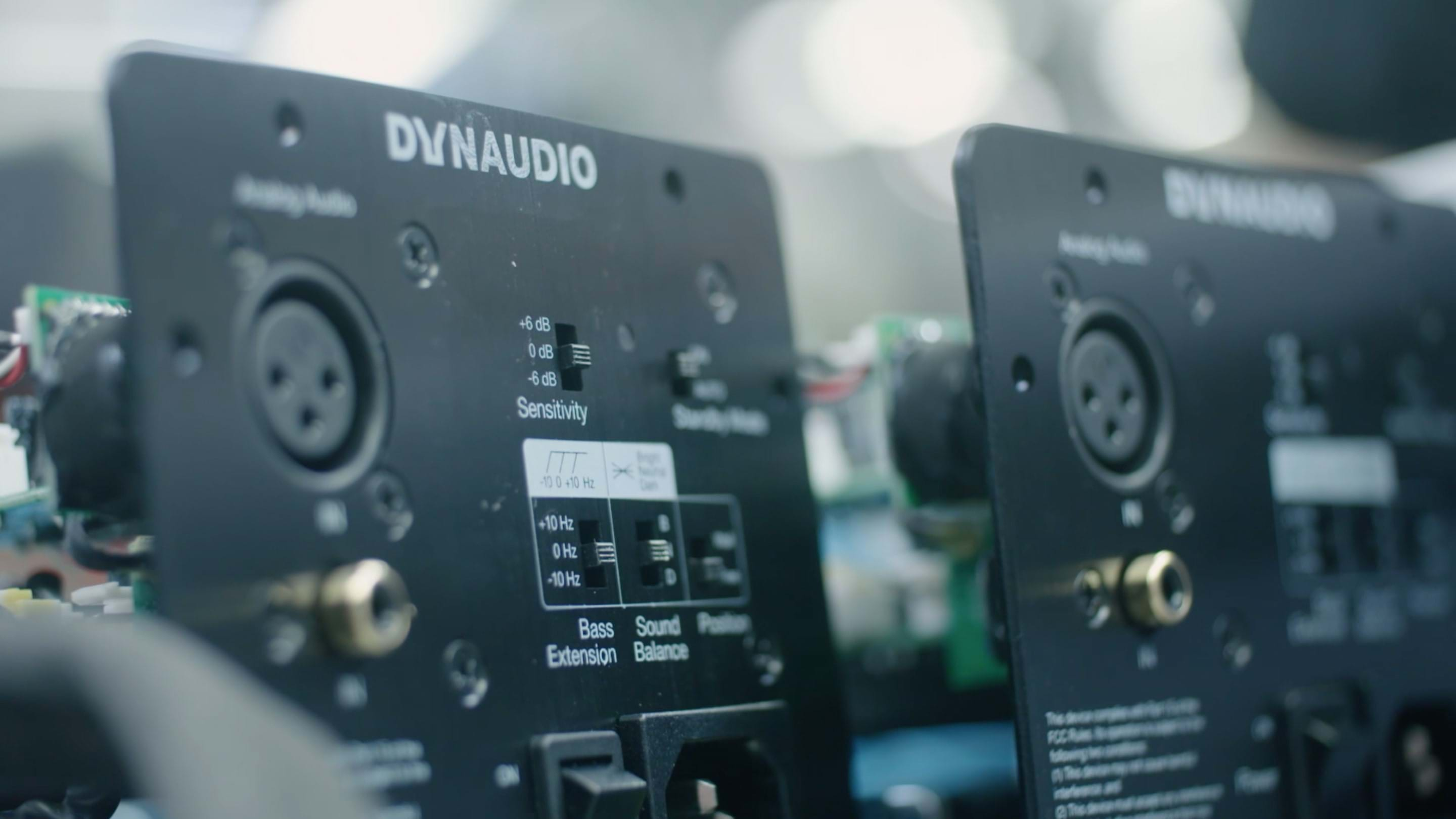
The outcome is the new LYD range: three monitors that speak to the creative at heart. These monitors help express creativity in every environment, but their true expertise is in small spaces, where their low volume precision comes into its own.
To learn more about LYD’s relationship with the artistically-minded, I met up with Sebastian Rodens, Product Manager for Professional Products at Dynaudio, to have a chat about our new monitors and my first question was simple:
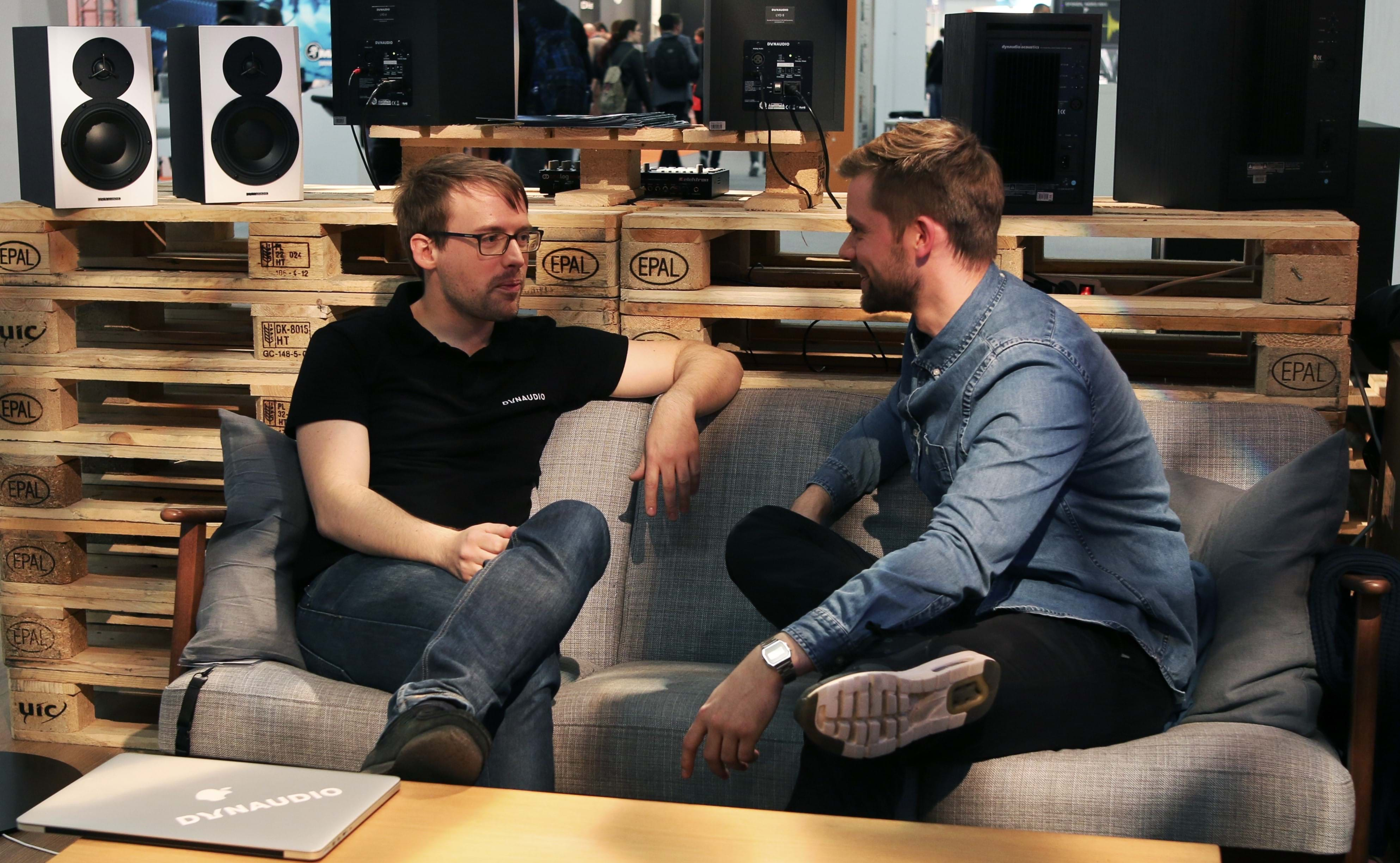
>> Why black and white?
Artists, producers, and engineers are creative people, and monitors are one of their main tools. They take great pride in building their studios and making them into inviting comfortable places where other creative people, other musicians, can immerse themselves in the music.
We feel that the monitors you choose play a big part of that – they should be part of it. And it is pretty simple, right? A speaker doesn’t have to be black and conservative.
The studio has to support creative thinking and processes, and if it is an unappealing environment visually, it can hurt that creative vibe.
>> It is about immersing yourself in the creative experience?
Yes, and we have to remember that we provide tools for creative people, so they – at least in my vision – have to look good. We chose this color scheme to do things differently without overdoing it in the first try. We have made something that is elegant, nice to look at, something you can proudly show to friends, fellow musicians, and customers, something that adds to the environment.
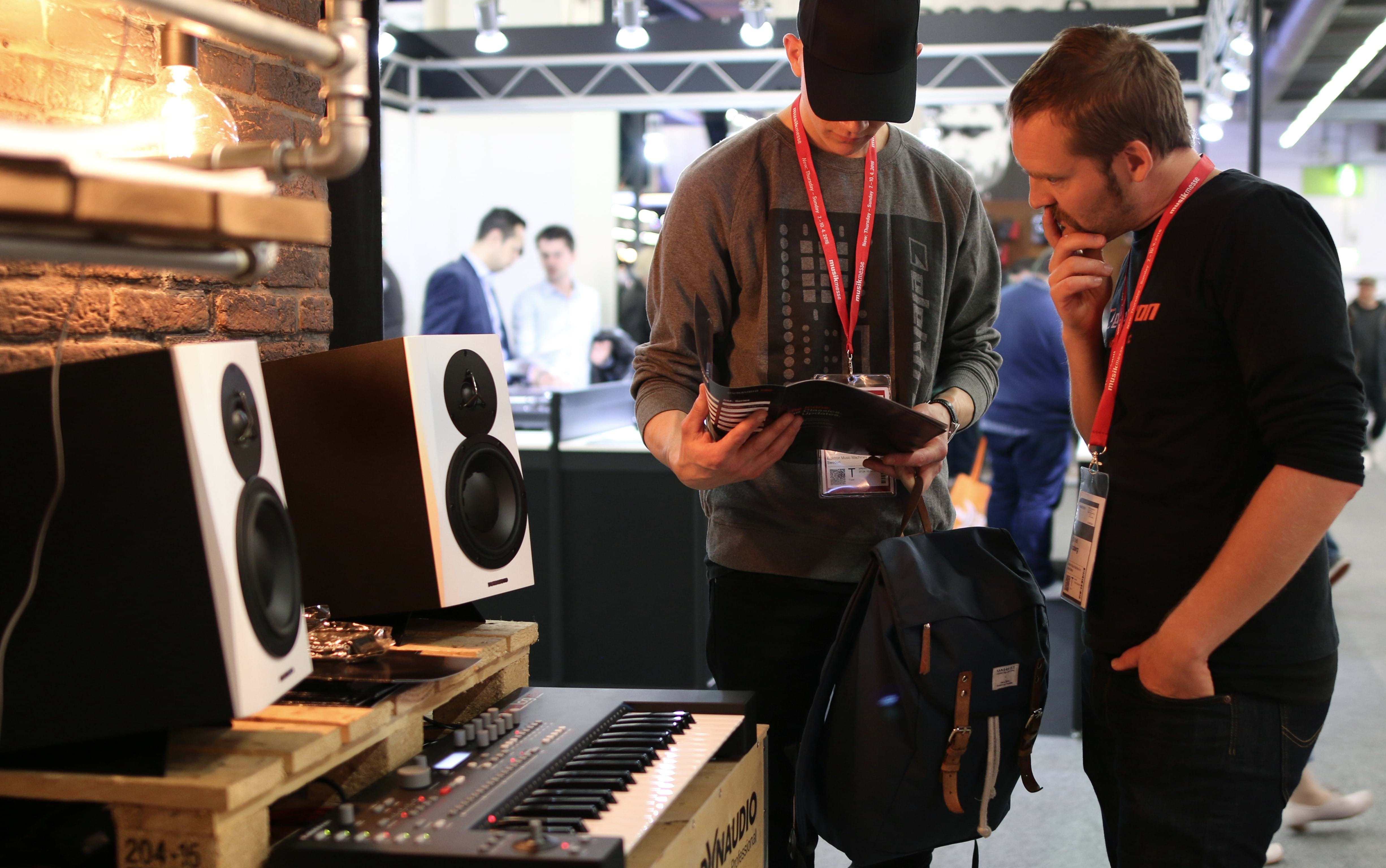
>> Great!.. But, Sebastian let’s change the topic for a minute. I am curious about how the features in LYD support this creativity … this creative environment?
Our vision was to create a monitor everyone could easily operate and understand. Let’s take the wall position feature or Sound Balance tilt-filter – that either brightens or darkens the sound – these features are easy to use and are understandable. For me, that’s key. You shouldn’t have to read a manual to understand our monitors: they should just perform, be technically sound, and user-friendly.
Watch more: Sebastian Rodens, Product Manager at Dynaudio, explains the new LYD.
>> Low volume precision is one of LYD’s key features, if I understand it correctly, that works well with small studio setups, right?
First of all, it has always annoyed me when people say – ‘Yeah, if you turn it up, it sounds cool’ - but what if I don’t want to do so? We believe monitors should sound great at all volume levels – low and high. Throughout the industry, professionals at recording studios as well as home studios work at a fairly low volume because they work for ten hours straight.
>> And, you don’t want to blow your eardrums out within the first thirty minutes of your workday.
Precisely! Your ears get tired easily – and that’s what you don’t want. You do not get that with LYD. You do not have to raise the volume to make them sound great – obviously, you can – but they sound the same at all volume levels.
>> What does the future hold for LYD?
I am excited about finally revealing them, as I am convinced it is the best monitor we have ever made in this price range.
I am curious to see how broadly they appeal. I think LYD fits very well with the new producer type of engineer who works out of small studios; the type who collaborates with all sorts of different and interesting artists. The person who needs a system that translates well to other peoples’ environment and I think LYD does so really well.
Sign up to get more great articles
Nothing compares to the satisfaction of knowing – for a fact – that something is as good as it gets


